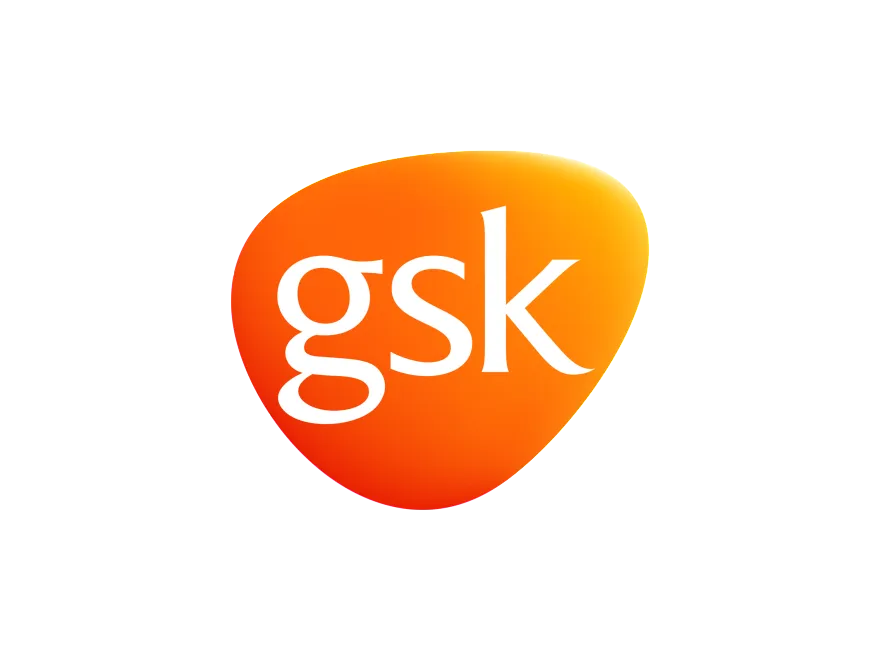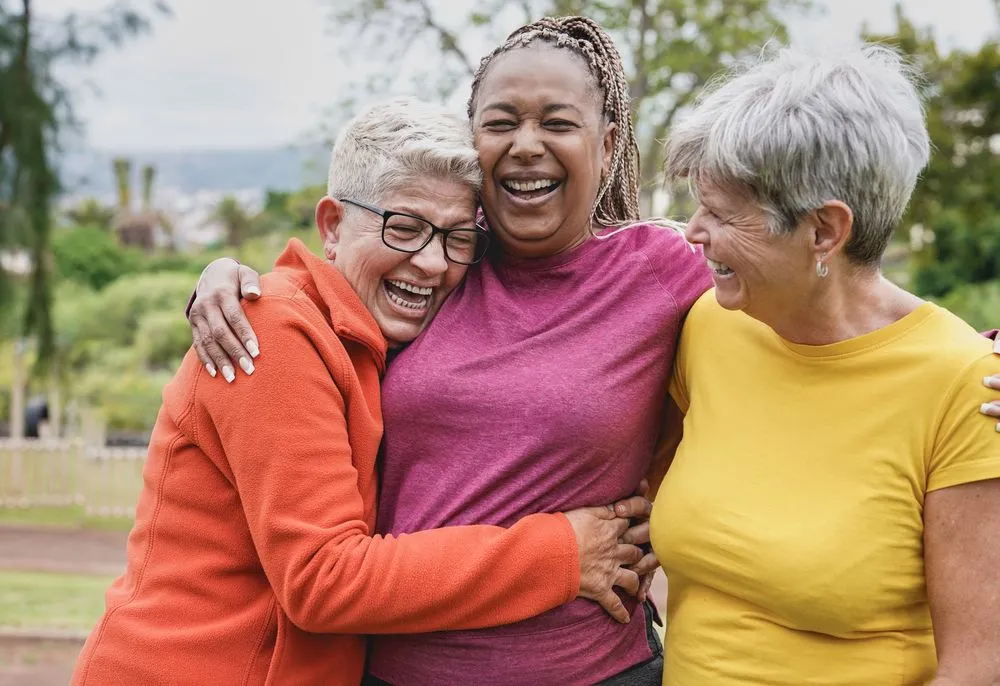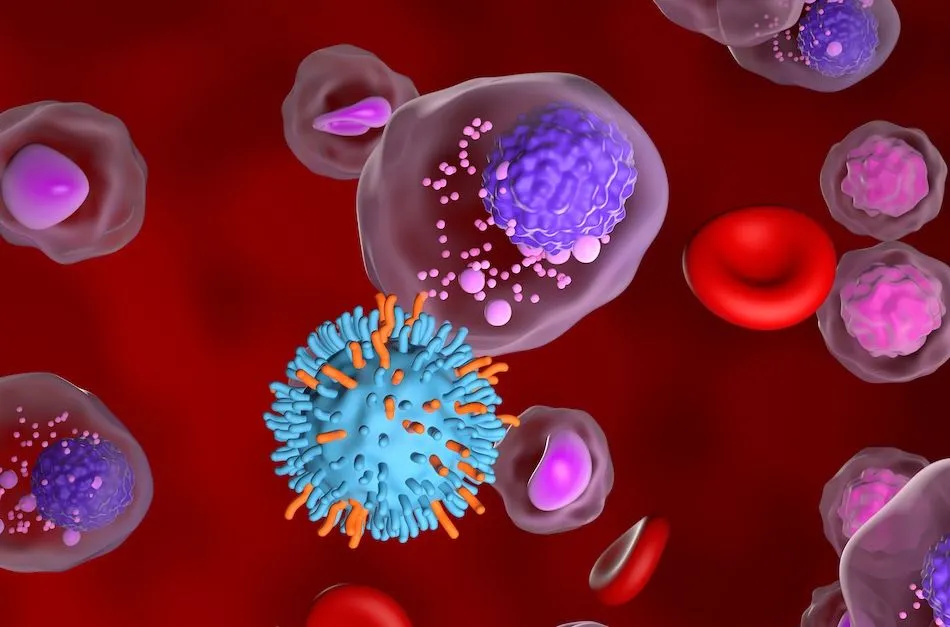MCRT Webcast: What’s Next? Decision-Making for Relapsed/Refractory Myeloma

“For me, that is the reason why I like taking care of myeloma. You’ve got to be a good listener and you’ve got to be a good historian. And then, at the same time, you’ve got to be forward thinking about what’s new, what are the data, and what might be coming down the line. So I think it’s one of the more challenging things that we do in oncology, but that’s why I really love [treating] myeloma, because you have such a myriad of ways of approaching it…working with the patient. If it was as easy as just saying, ‘You’ve relapsed, this is the only thing we can do,’ that’s pretty easy…We want to make a good choice, we don’t want to make a hasty choice that causes problems.”
Dr. William Matsui, Livestrong Cancer Institutes
Myeloma patients who achieve remissions often live in dread of relapsing or becoming refractory—resistant—to drug treatments. Over the past two decades, however, their options and outlooks have become better and brighter. Yet questions persist, especially with the ever-expanding range of treatment options, which will increase in the foreseeable future.
“What should I do at first relapse?” “What happens if I become refractory to standard treatments?” “Is a clinical trial a sign of desperation?” “What do other patients in my situation do?” These and many other questions are answered in a moderated discussion followed by a question and answer session.
Drs. Noa Biran (John Theurer Cancer Center, Hackensack University Medical Center) and William Matsui (Livestrong Cancer Institutes, University of Texas at Austin Dell Medical School) discussed the factors that go into decision-making for relapsed/refractory myeloma in the MCRT webcast on Saturday, March 20:
Moderated Discussion
- Introduction of panelists
- 2:55 - Question 1: Dr. Biran, myeloma patients who achieve remissions in their first lines of therapy are told they will likely relapse, hopefully after many years, but sometimes it can be short. How do you approach treating a person who achieves a years long remission before relapsing as compared to one who achieves a short one, or not all? And perhaps you could start by explaining what “line of therapy” means for our audience.
- 3:29 - Dr. Biran: Explanation of a line of therapy. Ways to predict length of remission. Determined more by genetics than burden of disease, explanation of types of tests. Functionally high-risk is different from high-risk. Daratumumab is a good option for first relapse in combination with other agents. Assessing long-term durability vs. side effects. Use best drugs first to get deeper remission.
- 11:50 - Dr. Matsui: Wider range of treatments available for relapsed patients. First remission tends to be longer. Expansion of therapy options is like “trying to find the right key for the right lock.” “What happened the first time around is not predictive of what will happen the second time around.” Always a possibility to go back to previous treatments, same mechanism of action. Benefit in finding different mechanisms that work.
- 16:46 - Dr. Biran: (Re: using daratumumab vs. other monoclonal antibody like isatuxumab) Challenging finding a difference because they have not been compared head-to-head in clinical trials. Open question is if isatuximab can overcome resistance for patients who have failed daratumumab. Important to consider clinical trials in all lines of therapy because they present other options.
- 19:36 - Question 2: Please explain the difference between relapsed and refractory and discuss changing treatments within drug classes or between drug classes. What should a patient who becomes refractory to a drug class consider?
- 20:21 - Dr. Matsui: Do you think of members within particular drug classes, for example IMiDs or proteasome inhibitors, as different or the same? It may not make sense to stay in the same class if one fails. On the other hand, by mixing and matching, they may become effective again. Late relapsers may consider different drug in same class of one that lasted long. But if they don’t consistently work, it may be work considering new drug class. Patients should ask their physicians “why” a certain decision is made and have it explained. Explanation of difference between relapsed and refractory.
- 27:29 - Dr. Biran: When a patient relapses on triplet therapy, one has the option of changing one or two drug classes in treatment. “You can always dial back.” One can be more conservative with biochemical relapse as compared to aggressive relapse. The best method of sequencing treatments is not yet known. Bone lesions in different parts of the body my have differing genetic profiles requiring their own therapies. “It is helpful to re-stage and re-stratify after each relapse.”
- 31:38 - Question 3: How do you approach biochemical vs. clinical relapse?
- 32:03 - Dr. Matsui: The key for stratifying between smoldering and active myeloma is if there is end organ damage, the former is biochemical, the latter is clinical. When patients relapse, it is a similar situation: is relapse causing more damage? Determining the right time is dependent on balancing possible side effects vs. end organ disease. Clinical trials show treating patients with biochemical relapse my hold off later damage, but it is difficult to understand right now. “The number one thing is: if you are comfortable with that.” Treating at biochemical relapse is also based on how far a patient’s disease has advanced. It is important to know each individual patient to determine future course of treatment.
- 41:11 - Question 4: We have so many new tools, so many newly approved therapies. When you think about using these in the clinic, how do you come to terms with that? As a patient who may have gone through stem cell transplant and had many lines of therapy, how do we know which one to choose?
- 41:53 - Dr. Biran: After three relapses of standard therapies, efficacy of new therapies are about 30%. It is important to understand how some therapies may impact potential decisions. For example, since BLENREP targets BCMA, younger patients may want to stay away if they might want to do BCMA-targeted CAR T. Selinexor is good option for second or third relapse and manage side effects. Salvage transplant remains a good option. “It’s about toxicity and strategy…I always tell patients, ‘we need a short-term plan and a long-term plan, it’s a chess game…you have to plan our short-term therapy with your long-term plan in mind.”
- 46:00 - Question 5: How should we make decisions about accessing novel therapies in clinical trials?
- 46:58 - Dr. Matsui: “Clinical trials are such an important part of what we do…We didn’t get to the place where we actually have all these drugs without clinical trials.” They are “one of many [treatment] options.” “Many of the mechanisms of action that are available are only available in clinical trials.”
Audience Questions & Answers
- 0:19 - For patient who have had five-plus lines of therapy, including CAR T therapies, is there a possible for allogeneic (allo) trasplant?
- 2:52 - If the first FISH test did not show del17p, but the second FISH test does have it, is the patient considered to be high-risk?
- 5:26 - Re: patient with t(14;20) plus gain1q, had transplant, achieved MRD- and sCR, after three years of Velcade maintenance. Should the patient take a vacation from maintenance or continue?
- 8:30 - For a patient who has been stable and shown no progression but is starting to have kidney issues, are there other options beside stem cell transplant?
- 13:28 - How effective is transplant for a patient at first relapse who has been treated successfully for years with a three drug combination?
- 16:47 - Does allo transplant disqualify a patient from CAR T therapy?
- 20:33 - When a patient relapses, can it come back with just a portion of the CRAB criteria?
- 24:53 - Are there tests that show what drugs to which patients may be resistant?
- 27:43 - What might happen on relapse with biclonal disease? Are these patients more likely to progress?
- 28:46 - For a patient on mono therapy maintenance (pomalidomide), what should be considered at relapse?
- 29:35 - Can a relapse move a patient from standard- to high-risk? And are patients with a particular genetic marker, t(11:14) for example, remain that way through relapse or can they pick up other high-risk features?
- 32:38 - Are there treatment-related, additional, genetic mutations?
- 33:14 - If a patient starts taking venetoclax for t(11;14), do they continue taking it indefinitely?
- 35:05 - Do you recommend bone marrow biopsies in different locations to identify clones?
- 37:16 - When do you think we will move from standard treatments to more personalized medicine?
Questions Answered by Dr. Biran in Chat Forum
- Are there any statistics about how long an autologous stem cell transplant will last in a high-risk patient?
Answer: Median without maintenance therapy is 12 months, double that with maintenance therapy.
- In relapsed/refractory myeloma, is it reasonable to save newer therapies for later or is it better to go with the best available treatments at the time? Is there a “safe” level of m-protein to live with? Any other suggestions in this situation?
Answer: I would go with best available therapies first and not save them for later. There is no “safe” level, it’s individualized and depends more on rate of change.
- Progression from the low point must be at least what percent? I missed the number?
Answer: A 25% increase or absolute increase of 0.5 g/dL.
- Would you consider a second stem cell transplant after first relapse?
Answer: Certainly! It depends on how long the remission lasted after the first auto-SCT. A second or salvage ASCT can give 40-50% remission duration of the first.
- If you had fairly successful KRd x4, transplant, and the markers except the M spike decreased to almost normal, would you go to a tandem or maintenance? No symptoms, but high-risk.
Answer: Tandem ASCT has shown benefit in high-risk disease.
- Can you relapse with high light chains, bone disease or just M-spike?
Answer: Any of the above.
Thanks to our Round Table sponsors
 .
.  .
.  .
. 
 .
.  .
. 


“For me, that is the reason why I like taking care of myeloma. You’ve got to be a good listener and you’ve got to be a good historian. And then, at the same time, you’ve got to be forward thinking about what’s new, what are the data, and what might be coming down the line. So I think it’s one of the more challenging things that we do in oncology, but that’s why I really love [treating] myeloma, because you have such a myriad of ways of approaching it…working with the patient. If it was as easy as just saying, ‘You’ve relapsed, this is the only thing we can do,’ that’s pretty easy…We want to make a good choice, we don’t want to make a hasty choice that causes problems.”
Dr. William Matsui, Livestrong Cancer Institutes
Myeloma patients who achieve remissions often live in dread of relapsing or becoming refractory—resistant—to drug treatments. Over the past two decades, however, their options and outlooks have become better and brighter. Yet questions persist, especially with the ever-expanding range of treatment options, which will increase in the foreseeable future.
“What should I do at first relapse?” “What happens if I become refractory to standard treatments?” “Is a clinical trial a sign of desperation?” “What do other patients in my situation do?” These and many other questions are answered in a moderated discussion followed by a question and answer session.
Drs. Noa Biran (John Theurer Cancer Center, Hackensack University Medical Center) and William Matsui (Livestrong Cancer Institutes, University of Texas at Austin Dell Medical School) discussed the factors that go into decision-making for relapsed/refractory myeloma in the MCRT webcast on Saturday, March 20:
Moderated Discussion
- Introduction of panelists
- 2:55 - Question 1: Dr. Biran, myeloma patients who achieve remissions in their first lines of therapy are told they will likely relapse, hopefully after many years, but sometimes it can be short. How do you approach treating a person who achieves a years long remission before relapsing as compared to one who achieves a short one, or not all? And perhaps you could start by explaining what “line of therapy” means for our audience.
- 3:29 - Dr. Biran: Explanation of a line of therapy. Ways to predict length of remission. Determined more by genetics than burden of disease, explanation of types of tests. Functionally high-risk is different from high-risk. Daratumumab is a good option for first relapse in combination with other agents. Assessing long-term durability vs. side effects. Use best drugs first to get deeper remission.
- 11:50 - Dr. Matsui: Wider range of treatments available for relapsed patients. First remission tends to be longer. Expansion of therapy options is like “trying to find the right key for the right lock.” “What happened the first time around is not predictive of what will happen the second time around.” Always a possibility to go back to previous treatments, same mechanism of action. Benefit in finding different mechanisms that work.
- 16:46 - Dr. Biran: (Re: using daratumumab vs. other monoclonal antibody like isatuxumab) Challenging finding a difference because they have not been compared head-to-head in clinical trials. Open question is if isatuximab can overcome resistance for patients who have failed daratumumab. Important to consider clinical trials in all lines of therapy because they present other options.
- 19:36 - Question 2: Please explain the difference between relapsed and refractory and discuss changing treatments within drug classes or between drug classes. What should a patient who becomes refractory to a drug class consider?
- 20:21 - Dr. Matsui: Do you think of members within particular drug classes, for example IMiDs or proteasome inhibitors, as different or the same? It may not make sense to stay in the same class if one fails. On the other hand, by mixing and matching, they may become effective again. Late relapsers may consider different drug in same class of one that lasted long. But if they don’t consistently work, it may be work considering new drug class. Patients should ask their physicians “why” a certain decision is made and have it explained. Explanation of difference between relapsed and refractory.
- 27:29 - Dr. Biran: When a patient relapses on triplet therapy, one has the option of changing one or two drug classes in treatment. “You can always dial back.” One can be more conservative with biochemical relapse as compared to aggressive relapse. The best method of sequencing treatments is not yet known. Bone lesions in different parts of the body my have differing genetic profiles requiring their own therapies. “It is helpful to re-stage and re-stratify after each relapse.”
- 31:38 - Question 3: How do you approach biochemical vs. clinical relapse?
- 32:03 - Dr. Matsui: The key for stratifying between smoldering and active myeloma is if there is end organ damage, the former is biochemical, the latter is clinical. When patients relapse, it is a similar situation: is relapse causing more damage? Determining the right time is dependent on balancing possible side effects vs. end organ disease. Clinical trials show treating patients with biochemical relapse my hold off later damage, but it is difficult to understand right now. “The number one thing is: if you are comfortable with that.” Treating at biochemical relapse is also based on how far a patient’s disease has advanced. It is important to know each individual patient to determine future course of treatment.
- 41:11 - Question 4: We have so many new tools, so many newly approved therapies. When you think about using these in the clinic, how do you come to terms with that? As a patient who may have gone through stem cell transplant and had many lines of therapy, how do we know which one to choose?
- 41:53 - Dr. Biran: After three relapses of standard therapies, efficacy of new therapies are about 30%. It is important to understand how some therapies may impact potential decisions. For example, since BLENREP targets BCMA, younger patients may want to stay away if they might want to do BCMA-targeted CAR T. Selinexor is good option for second or third relapse and manage side effects. Salvage transplant remains a good option. “It’s about toxicity and strategy…I always tell patients, ‘we need a short-term plan and a long-term plan, it’s a chess game…you have to plan our short-term therapy with your long-term plan in mind.”
- 46:00 - Question 5: How should we make decisions about accessing novel therapies in clinical trials?
- 46:58 - Dr. Matsui: “Clinical trials are such an important part of what we do…We didn’t get to the place where we actually have all these drugs without clinical trials.” They are “one of many [treatment] options.” “Many of the mechanisms of action that are available are only available in clinical trials.”
Audience Questions & Answers
- 0:19 - For patient who have had five-plus lines of therapy, including CAR T therapies, is there a possible for allogeneic (allo) trasplant?
- 2:52 - If the first FISH test did not show del17p, but the second FISH test does have it, is the patient considered to be high-risk?
- 5:26 - Re: patient with t(14;20) plus gain1q, had transplant, achieved MRD- and sCR, after three years of Velcade maintenance. Should the patient take a vacation from maintenance or continue?
- 8:30 - For a patient who has been stable and shown no progression but is starting to have kidney issues, are there other options beside stem cell transplant?
- 13:28 - How effective is transplant for a patient at first relapse who has been treated successfully for years with a three drug combination?
- 16:47 - Does allo transplant disqualify a patient from CAR T therapy?
- 20:33 - When a patient relapses, can it come back with just a portion of the CRAB criteria?
- 24:53 - Are there tests that show what drugs to which patients may be resistant?
- 27:43 - What might happen on relapse with biclonal disease? Are these patients more likely to progress?
- 28:46 - For a patient on mono therapy maintenance (pomalidomide), what should be considered at relapse?
- 29:35 - Can a relapse move a patient from standard- to high-risk? And are patients with a particular genetic marker, t(11:14) for example, remain that way through relapse or can they pick up other high-risk features?
- 32:38 - Are there treatment-related, additional, genetic mutations?
- 33:14 - If a patient starts taking venetoclax for t(11;14), do they continue taking it indefinitely?
- 35:05 - Do you recommend bone marrow biopsies in different locations to identify clones?
- 37:16 - When do you think we will move from standard treatments to more personalized medicine?
Questions Answered by Dr. Biran in Chat Forum
- Are there any statistics about how long an autologous stem cell transplant will last in a high-risk patient?
Answer: Median without maintenance therapy is 12 months, double that with maintenance therapy.
- In relapsed/refractory myeloma, is it reasonable to save newer therapies for later or is it better to go with the best available treatments at the time? Is there a “safe” level of m-protein to live with? Any other suggestions in this situation?
Answer: I would go with best available therapies first and not save them for later. There is no “safe” level, it’s individualized and depends more on rate of change.
- Progression from the low point must be at least what percent? I missed the number?
Answer: A 25% increase or absolute increase of 0.5 g/dL.
- Would you consider a second stem cell transplant after first relapse?
Answer: Certainly! It depends on how long the remission lasted after the first auto-SCT. A second or salvage ASCT can give 40-50% remission duration of the first.
- If you had fairly successful KRd x4, transplant, and the markers except the M spike decreased to almost normal, would you go to a tandem or maintenance? No symptoms, but high-risk.
Answer: Tandem ASCT has shown benefit in high-risk disease.
- Can you relapse with high light chains, bone disease or just M-spike?
Answer: Any of the above.
Thanks to our Round Table sponsors
 .
.  .
.  .
. 
 .
.  .
. 



about the author
Greg Brozeit
Greg Brozeit has been with the HealthTree Foundation since 2015 when he began volunteering for the Myeloma Crowd. Prior to that he worked with Dr. Bart Barlogie and the International Myeloma Foundation, inaugurating many myeloma patient advocacy and education programs.
More on HealthTree Programs
Trending Articles
Upcoming Events




Get the Latest Multiple Myeloma Updates, Delivered to You.
By subscribing to the HealthTree newsletter, you'll receive the latest research, treatment updates, and expert insights to help you navigate your health.
Together we care.
Together we cure.
3x Faster.












